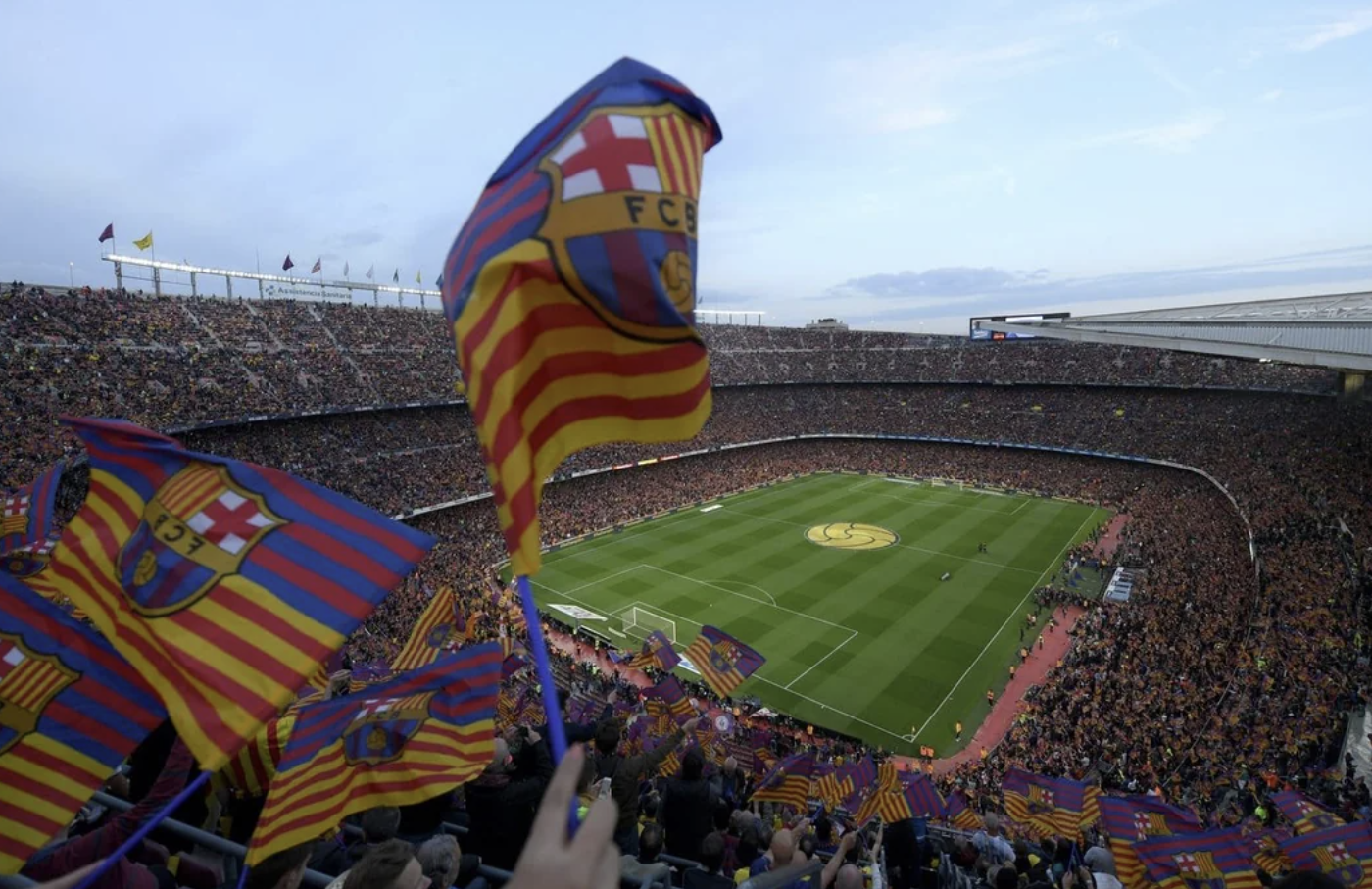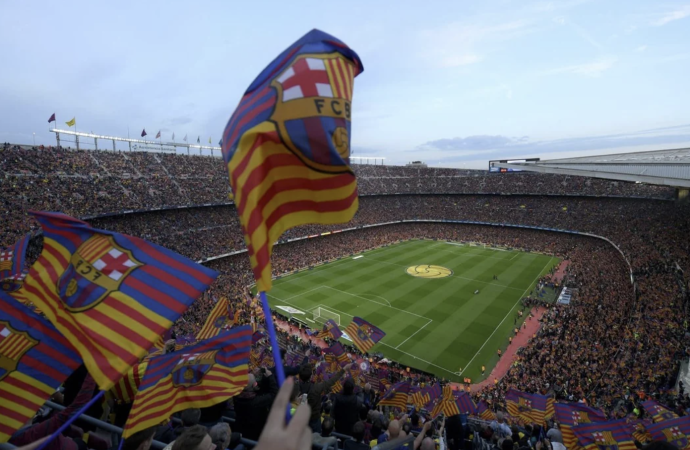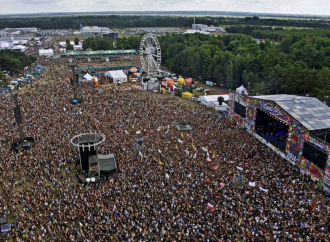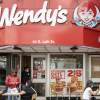FC Barcelona, known for its rich footballing history and iconic players, has been dealing with significant financial challenges since the onset of the COVID-19 pandemic. While the pandemic made matters worse, it wasn’t the sole cause. Long-standing issues like unsustainable wage bills, high transfer spending, and costly stadium renovations had already set the stage for

FC Barcelona, known for its rich footballing history and iconic players, has been dealing with significant financial challenges since the onset of the COVID-19 pandemic. While the pandemic made matters worse, it wasn’t the sole cause. Long-standing issues like unsustainable wage bills, high transfer spending, and costly stadium renovations had already set the stage for a financial crisis. Here’s a breakdown of Barcelona’s financial decline and what steps the club might take to recover.
Pre-Pandemic Debt and Spending
Before the pandemic hit, Barcelona was already on shaky financial ground. By 2021, the club’s wage expenses had overtaken its total income, far exceeding recommended limits. This was partly due to expensive contracts handed out to star players. After Neymar Jr. left the club, Barcelona also splurged on high-profile signings, though many of these players did not perform as expected, adding to the financial strain. By October 2020, the club’s total debt had reached around €1.35 billion, spread across loans, player salaries, and transfer fees.
Pandemic-Driven Losses
When COVID-19 hit, the financial situation worsened dramatically. The club saw a significant drop in matchday income, as fans were banned from stadiums. This, combined with reduced sponsorship deals and merchandise sales, led to a reported net loss during the 2019–2020 season. Camp Nou, usually packed with nearly 99,000 spectators, sat empty for months, leaving a gaping hole in the club’s revenue.
Leadership and Financial Adjustments
In March 2021, Joan Laporta was elected president and inherited a financial mess. He introduced various measures, including the sale of assets like a portion of the club’s media rights and a stake in its in-house studio. These moves helped raise immediate funds, but also reduced future earnings. Meanwhile, the club took out a loan to fund an extensive renovation of Camp Nou, hoping to boost matchday revenues once completed.
Stadium Renovation and Relocation
The renovation of Camp Nou, aimed at enhancing facilities and increasing matchday income, has put further pressure on the finances. In the short term, the team is temporarily relocating to Montjuic, a move that lowers stadium capacity and cuts projected revenues by around €150 million.
Transfers and Wage Management
Despite budgetary limitations, Barcelona continued to make significant signings like Robert Lewandowski, Ferran Torres, and Raphinha. However, high-profile transfers like Philippe Coutinho, Ousmane Dembélé, and Antoine Griezmann were a heavy burden, and the club struggled with registering new players due to financial regulations. To manage costs, the club has also offloaded high-salary players, keeping wages in check to comply with league rules.
Current Financial Situation
By December 2024, Barcelona’s debt had ballooned to approximately €1.9 billion, including costs associated with the stadium renovation and player transfer fees. While the club has sold assets to cover immediate expenses, it has sacrificed future revenue streams. However, the reduced wage bill compared to its peak in 2021 provides some relief, and officials are hopeful that once Camp Nou is fully renovated, matchday revenues will increase.
Key Factors in the Downfall
Barcelona’s financial troubles can be attributed to overspending on player transfers and wages. The club’s wage structure, far beyond recommended limits, put a constant strain on its resources. The pandemic also played a huge role, slashing matchday and commercial revenues, while economic uncertainty made it difficult to secure sponsorships. The stadium renovation, though promising long-term benefits, has added short-term financial stress due to reduced capacity.
Looking Ahead
Barcelona’s future financial stability depends largely on the successful completion of the Camp Nou renovation. Once finished, the club expects to generate higher matchday revenues from enhanced VIP seating and modernized facilities. Sponsorship and merchandising opportunities should also expand. However, balancing sporting ambition with financial prudence will be essential for avoiding further debt accumulation.
The club must also manage its wages carefully and ensure that its transfer strategy aligns with financial regulations. External risks like another economic downturn or a return of the pandemic could hinder progress, and failure to perform well in major competitions like the Champions League could result in lost prize money and commercial opportunities.
Can FC Barcelona Bounce Back?
FC Barcelona’s financial struggles show that even elite clubs can falter when faced with soaring wages, risky transfers, and unforeseen global events. While the club has taken steps to sell assets and bring in new talent, its debt remains significant. The successful renovation of Camp Nou, combined with financial discipline and on-field success, will be crucial for the club’s recovery. If managed well, these challenges could eventually lead to a leaner, more financially stable Barcelona, but the road to recovery will require ongoing, careful management.

















Leave a Comment
Your email address will not be published. Required fields are marked with *